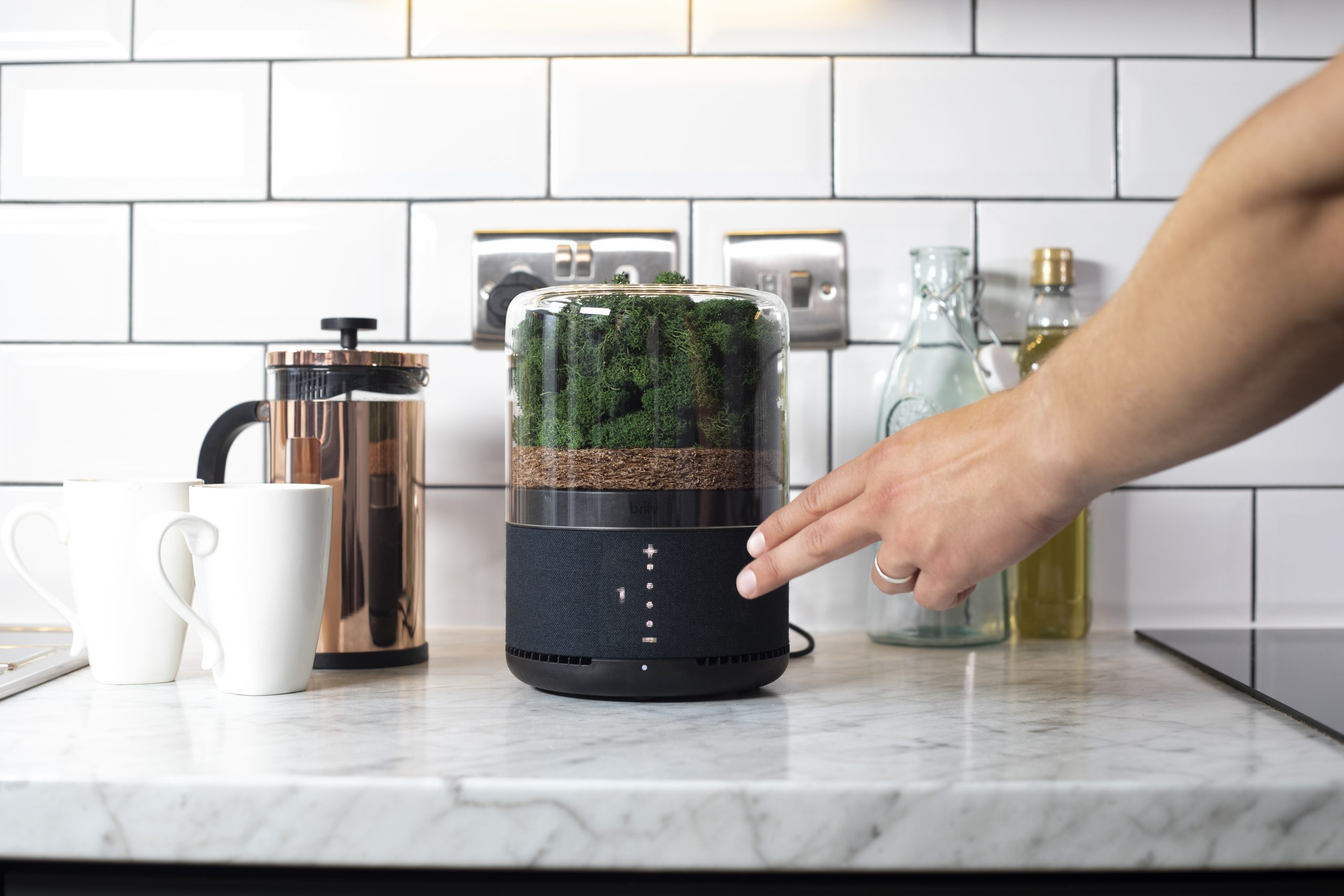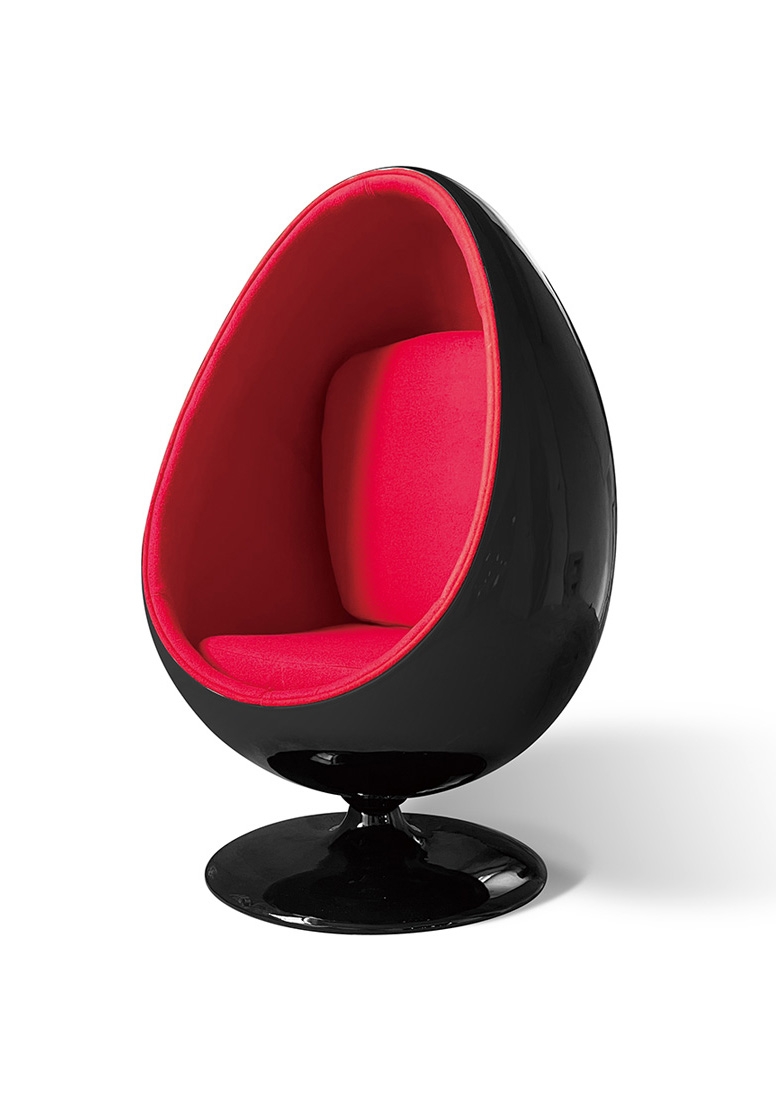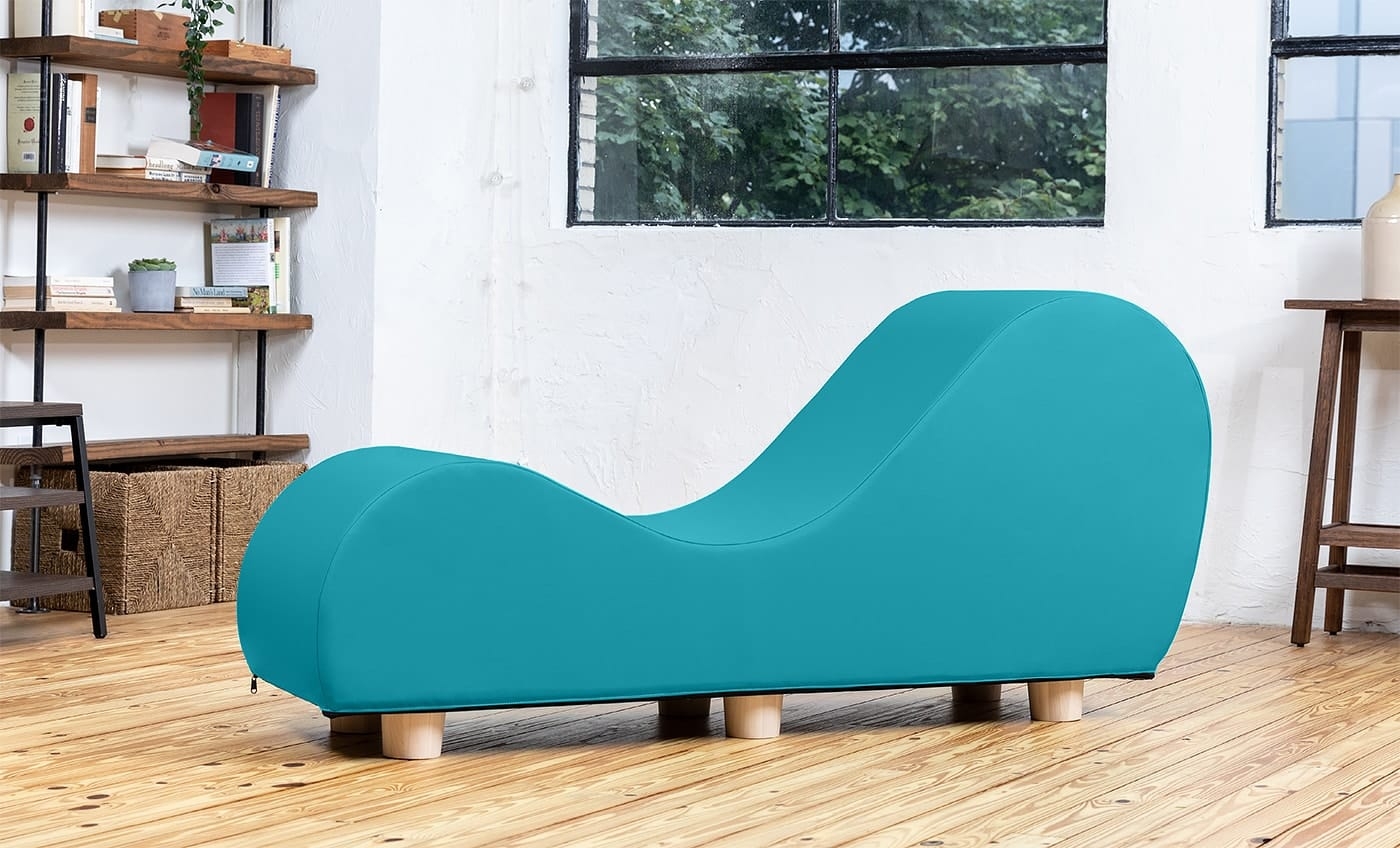Indoor air quality is a growing concern for many people, particularly those who suffer from allergies or respiratory problems. The air inside our homes can be contaminated by a variety of pollutants, including dust, pet dander, pollen, and chemicals. Air purification systems can help improve indoor air quality by removing these pollutants from the air. Two of the most commonly used technologies in air purification systems are HEPA filters and activated carbon. In this blog post, we’ll take a closer look at how these technologies work and why they are so effective.
HEPA Filters
HEPA (High-Efficiency Particulate Air) filters are one of the most common types of air filters used in air purification systems. These filters are made up of a dense network of fibers that trap airborne particles as they pass through the filter. To qualify as a HEPA filter, a filter must be able to trap at least 99.97% of airborne particles that are 0.3 microns or larger in size.
The science behind HEPA filters is relatively simple. As air passes through the filter, the particles in the air become trapped in the fibers of the filter. The dense network of fibers in the filter is designed to capture particles of all shapes and sizes, making it an effective way to remove a wide range of airborne pollutants from the air.
One of the key benefits of HEPA filters is that they are highly effective at removing allergens from the air. Allergens like pollen, pet dander, and dust mites are typically too small to be seen with the naked eye, but they can cause serious allergic reactions in many people. HEPA filters can capture these allergens, helping to reduce allergy symptoms and promote better respiratory health.
Activated Carbon
While HEPA filters are excellent at trapping particles, they are less effective at removing odors and chemicals from the air. This is where activated carbon comes in. Activated carbon is a highly porous material that is capable of adsorbing (not absorbing) a wide range of pollutants from the air.
Activated carbon is made by heating carbon-based materials, such as coconut shells, at high temperatures in the presence of steam. This process creates a highly porous material that has a large surface area for adsorption. Activated carbon is used in air purification systems because it is highly effective at adsorbing a wide range of chemicals and odors from the air.
The science behind activated carbon is more complex than that of HEPA filters. The porous nature of activated carbon allows it to trap pollutants through a process called adsorption. When pollutants come into contact with the activated carbon, they are attracted to the surface of the carbon and stick to it. This process removes the pollutants from the air and prevents them from being recirculated.
The effectiveness of activated carbon depends on the type of pollutant being removed from the air. Activated carbon is highly effective at removing volatile organic compounds (VOCs), which are common in cleaning products, paints, and other household chemicals. It is also effective at removing odors from the air, making it an ideal solution for people who want to eliminate unpleasant smells from their homes.
Combining HEPA Filters and Activated Carbon
While HEPA filters and activated carbon are both effective at removing pollutants from the air, they are more effective when used together. By combining the two technologies, air purification systems can remove a wider range of pollutants from the air.
HEPA filters are excellent at removing airborne particles, including allergens like pollen and pet dander. Activated carbon, on the other hand, is highly effective at removing chemicals and odors from the air. When used together, these technologies can remove a wide range of pollutants from the air, including particles, allergens, odors, and chemicals.
Some air purification systems use a two-stage filtration process that combines HEPA filters and activated carbon. The air first passes through the HEPA filter, which removes particles from the air. Then, the air passes through the activated carbon filter, which removes odors and chemicals from the air. This two-stage process is highly effective at removing a wide range of pollutants from the air.
There are also air purifiers that use a three-stage filtration process that combines pre-filters, HEPA filters, and activated carbon. The pre-filter captures larger particles, such as pet hair and dust. The HEPA filter captures smaller particles, including pollen, pet dander, and other allergens. Finally, the activated carbon filter removes odors and chemicals from the air.
Conclusion
Air purification technology has come a long way in recent years, and HEPA filters and activated carbon are two of the most commonly used technologies in air purification systems. HEPA filters are highly effective at removing particles from the air, including allergens like pollen and pet dander. Activated carbon, on the other hand, is highly effective at removing chemicals and odors from the air. By combining these technologies, air purification systems can remove a wide range of pollutants from the air, improving indoor air quality and promoting better respiratory health.
When shopping for an air purifier, it’s essential to consider the type of filter used in the system. HEPA filters and activated carbon are two of the most effective types of filters available, but there are also other types of filters, such as UV filters and electrostatic filters, that can be used in air purification systems. It’s also essential to consider the size of the air purifier, as well as the square footage of the room it will be used in, to ensure that the system is powerful enough to remove pollutants from the air effectively.
In summary, HEPA filters and activated carbon are both effective technologies for air purification, and they work in different ways to remove different types of pollutants from the air. By combining these technologies, air purification systems can remove a wide range of pollutants from the air, improving indoor air quality and promoting better respiratory health.







